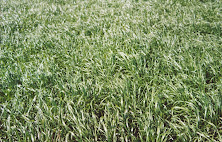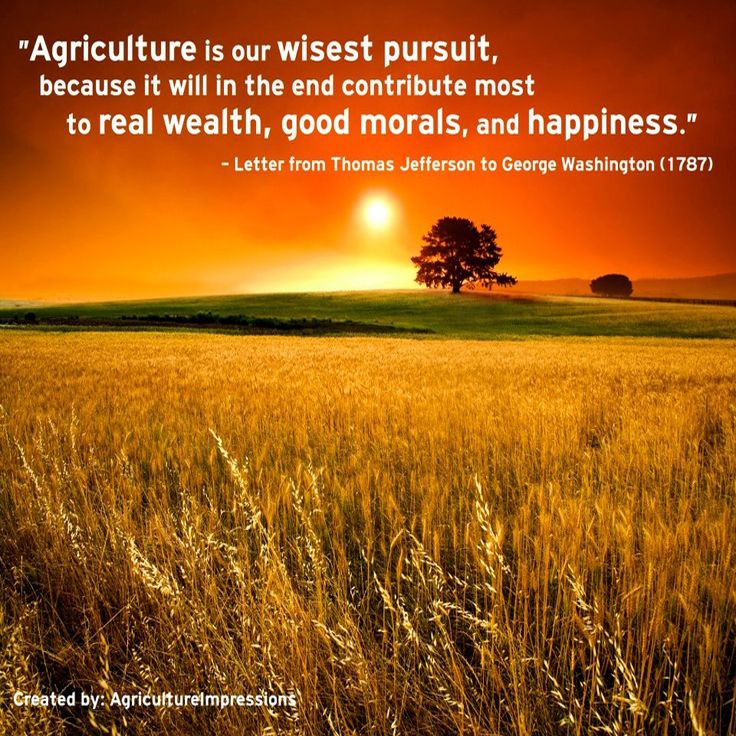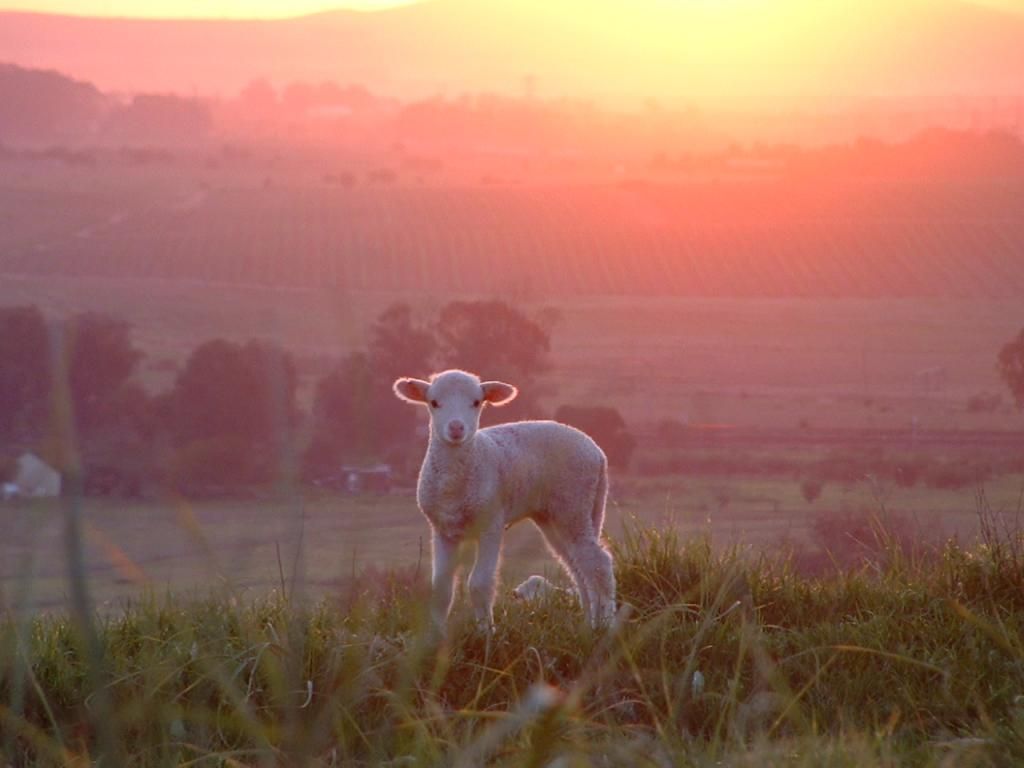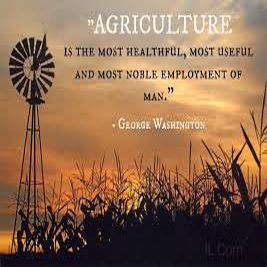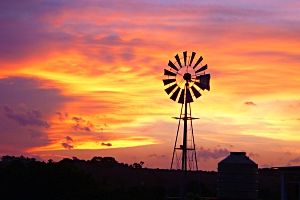Andrew Philip
During the ‘60’s,
70’s and ‘80’s, just about every town in South Africa had a local show. It was
the shop window for many products and organizations with the latest motorcars, tractors,
and implements, new breeds of sheep, cattle and horses. There were household
items, new gadgets, the latest clothes and many other things.
These shows were also the shop window for the working
sheepdog. Every show had a demonstration done by one of the top handlers of the
day. Chipper and Con Kingwill from the Karoo, Jeff Currie and Bennie Strydom
from the Eastern Cape, Billy Colborne from the Midlands, Ron Philip from the
Western Cape and many others. All these handlers were National champions at
some stage and all became household names. The demand for working sheepdogs
grew and through SASDA (The South African Sheepdog Association) you knew you
were getting a fully registered working sheepdog.
As the years passed, the mass media became more
accessible and the local shows faded away.
The mass media changed the way things were presented to
the public and it was and still is the best way to sell your goods, but it
comes at a cost. The shows, on the other hand, use to invite the handler and
his dogs as an attraction, actually paying one for the demonstration. It was a
wonderful way to show the country what these dogs can do. Although the local
shows do not exist anymore, the promotion of the working sheepdog has never
stopped. It has just become more of a challenge to get the message, about these
incredible working dogs, out to the stockmen and women of the country.
History of SASDA
Established in 1961, the SA Sheepdog Association became
the national headquarters for the registered working sheepdog. The main breeds
we have had over are the years are the Border Collie and the Australian Kelpie.
Many articles could be written on both these breeds and because they are so
different, it would be wise for a prospective buyer to find out which breed
would suit their needs.
Benefits of working sheepdog
on stock farms
I would like to reiterate the benefits of have a
working dog on a stock farm, regardless of the breed.
To start at the very beginning, it is important to find
a good working line of dogs. There are a few ways of going about this. First
and foremost, there is SASDA (SA Sheepdog Assoc), which has its own
registration scheme of purebred working dogs. One can contact them for the
names of registered breeders. The second option is to find someone who has
purebred working dogs, but which might not be registered.
The best way to choose a pup is to find a dog that
works well. Let’s call him ‘Don’. Don does not have to be a champion. As long
as he works in a way that will suit your needs. Now find out who Don’s parents
are and book a pup from the next litter. If you are not so lucky in following
this scenario, the next best option is finding a breeder, then to go and see if
the parents of the puppy you would like to buy are both good workers. How well
they work usually depends more on the handler than the dog, but if the dog
shows interest in the stock and herds them to some degree you have a good
chance of getting a working dog out of them. Having said all this, you always
have a better chance of getting a good working dog from SASDA registered
parents as they have been proven to work.
Once you have purchased the pup, the most difficult,
yet without doubt the most critical time of the working dog's life begins - the
raising of the pup.
You may ask, why this is so
important?
I’ll try to explain it briefly.
As a wool sheep
farmer, if you go out and buy a well bred ewe and you neglect to dose, feed,
vaccinate and keep it free of external parasites, etc, the chances are you will
not have a good breeding animal no matter how well it was bred. It takes effort
to get a good product and the reason you are willing to go to that effort is
for the reward you will get from that ewe at the end of the day. Make a few
sums to see it from a financial point of view.
Back to your pup.
The same principles and more, apply regarding
the well being of your newly purchased pup. You have not purchased a short-term
investment and most importantly, it is not a commodity. You have purchased a
worker and hopefully a friend that should be around for the next 10 to 15
years. On the financial side of things, the question should be asked whether the
cost of this pup is worth the expense.
Let’s look at the sum
objectively:
Once your dog is trained, it should save you sending three or four extra
staff members out with your shepherd every time he has to work sheep. In fact,
your shepherd and his dog can run 2000 ewes with ease. You would need at least
two people to handle 2000 ewes on a daily basis and then you would have to get others in when
dosing, shearing and every time you move a flock not to mention moving ewes and
their lambs! You make that sum to cover a year and then multiply it by ten. We
are talking tens of thousands of Rands over a 10 year period. Now you can start
realizing the value of your pup, if it becomes a good working dog.
To give the pup
the best chance of becoming a good working dog, it must be brought up properly.
In the rest of this article, I am going to concentrate on how to best do this,
because the first six months of a pups life, are probably the most important.
 |
| Photo by Elize Pretorius |
Here are the
basics for giving your pup the best chance of becoming a good working dog.
1. Before you buy the pup, build a simple but
secure and comfortable kennel area, where the pup cannot play with other dogs
or puppies through the fence. Should this occur your pup will pick up bad
habits and become disconnected from you. It must not be able to see or be able
to get into contact with fowls, “hansies,” sheep, rams, calves etc, or your
other dog/dogs. Because your pup is a predator, it will more than likely start
worrying or damaging any stock it can get hold of. It must always be supervised.
If it can see stock but not get to it, it will either rush up and down the
fence, which leads it to start barking or it will lie and stare at the stock
for hours, making it a fixed eye dog that will not want to ‘chase’/herd the
stock once it is introduced to them. (A 3x2x2 metres area, closed in by jackal
netting and a weatherproof sleeping kennel inside the area is all you need.) This
is where you are going to be keeping this ten-year investment.
2. Your pup needs attention and socializing.
Someone (preferably it’s handler) has to spend a few minutes with the pup each
day. Just let it run around the garden, without the other dog/dogs, for a
while, where you can have contact with it. Handle it so that it can get used to
your smell and touch. 20 to 30min will be enough time at first. It must not be
scared of you. Your children can play with the pup for short
periods. The short period is so important. Children can
easily destroy a potentially good working dog by playing with it for long
periods. The reason I say this is because the pup bonds with the child, who
exerts no discipline. They just play
all the time. When you come along and tell the dog to do something,
(exert discipline) it will want to go back to the child (exerts no discipline)
and ignore you. And it does not help to get angry with the child or the pup. It
is your fault if that happens.
3. Whenever the pup is not in someone’s
company, shut it up in the kennel. Remember, this is NOT a long-term prison
for the pup; it is its safe home.
4.
As you
would bond with your child to get to understand he/she and he/she to understand
you, so you need to bond with your pup. It is just an animal, but an
exceptionally intelligent animal with emotions. Treat it with that in mind. The
bonding is done in small steps e.g. let it run around with you when you are in
the garden. Take it for short walks or rides in the FRONT of the bakkie so that
it does not fall out the back and get run over. NEVER TAKE THE PUP TO
WHERE SHEEP ARE BEING WORKED. You can take the pup in the bakkie, when
you drive through the sheep while inspecting them and if the pup shows
interest, great, leave it at that. It must just not have contact with the stock
at this stage. As mentioned before, keep it away from fowls and ‘hansies’ and
calves that live near the yard.
 |
| Photo by Elize Pretorius |
5.
Start
passive training with your pup from the time you get it. By this I mean; when
the pup come to you, say, ‘come here’ followed by its name. When it gets to you
and sits, say ‘sit’ as it sits. Say ‘no’ in a stern voice when it does
something wrong and praise it when it does something right. It is critically
important to mention how much correct timing, will help you with
your training. Remember, the pup does not know what your right and wrong
is. You have to teach it, just as you have to do with a child.
6.
As the
pup gets older, its reaction will be not to come to you when you call
it. At this stage in its’ life, you usually call the pup to put it in the
kennel, which it objects to. DO NOT GET ANGRY. It is just testing you and
unfortunately it often tests you when you are in a hurry. To help solve this
problem, tie a 6m light braided cord (not ‘baaltou’ or ski rope) to the
pups collar so that it can drag it around when it is out of the kennel but
please, do NOT leave the cord around the pups’ neck while there is no one in
attendance. (The cord could get caught up on something in the yard and the pup
could strangle itself.) The cord gives you a chance to catch the pup at a
distance. Never haul the pup in on the rope. Give quick jerks as
you call the pups name and then release the tension of the rope to give the pup
time to think and respond. Repeat the action until the pup comes to you. You
will more than likely find, that the first time you try this, the pup will
fight the rope and could even spin around and bite at the rope. Just be patient
for a few moments and keep trying your quick jerk and release actions, even
while it is having its tantrum.. Usually after a few minutes the pup realises
it is a much better option to come to
you than to fight. Praise it when it reaches you. Please put your temper in
your back pocket while you are doing this and force yourself to have just a few
minutes of patience. It is worth it. REMEMBER; THE LIGHT CORD YOU HAVE ON THE COLLAR
IS NEVER THERE TO ABUSE THE PUP, IT IS THERE TO HELP YOU TRAIN YOU PUP.
7.
Every
pup is different, just like people. This is so important to remember. You get
soft natured pups, stubborn ones, friendly ones, shy ones, those that are easy
to train, and those that will be a challenge and so on. Take note of your pup's temperament and how it reacts to you, others, things that go on in the yard
etc. If you have had a working sheepdog before or do have one already, the
chances are the new pup will not be the same as the other dog. Work it
accordingly.
8.
If you
have taken the effort to raise your pup well, by the time the pup is six months
old, the introduction to the sheep should be so much easier for you. If you are
unsure about taking your pup to the sheep for the first time, most trainers will be
willing, even at a small fee, to help you get your dog started. If you decide
to send your pup to be trained, it will of course make the job of a sheepdog
trainer so much easier too.
 |
| Photo taken by Elize Pretorius |
The introduction to sheep:
This, I would say, is the second most
important time in your dog's working life.
I must mention something at this point. If
you do have an older dog that works and this is your second pup, do not to use
the older dog to ‘teach’ the pup how to work. We, as trainers, sometimes use
our older dogs to get the pup interested in chasing the sheep or to hold the
sheep while introducing the pup. You must realize, that our experienced dogs
are old hands at the job and do exactly what we ask them to do. They do not
interfere with the pup. As soon as we have achieved our goal by using the older
dog, we take it away, otherwise the pup learns to ‘follow’ the old dog and not
actually work the sheep itself.
Introducing the pups to sheep, is an article of its own.
There are people you can approach for help with this important aspect in the
life of your dog, or you can obtain a training book, DVD or video from the SA
Sheepdog Association’s office if you wish to go it alone.
Value of sheepdogs
If the basics are done correctly, as with most things
in life, you can have a dog that will be worth its weight in gold. Believe me,
I have been working with them for the past 30 years. I never go to the sheep
without a dog in case I have to count or catch one, cut a few off, move the flock,
or collect that one that has got through the fence. I can separate two flocks
that have got mixed up out there in the field without bringing them to the
kraal. I take my rams out of the ewes in the field with the help of my dogs.
And the best of all, my dogs are always willing, friendly and are totally
reliable workers. When I walk out of the house, my dog wants to go and work.
They have no interest in holidays, strikes, wages and such things. They do not
care if it is raining or if the sun is shining. All they wish to do is work and
all they need in return is a bowl of quality dog food at the end of each day.
There is not a
sheep farm in the UK, New Zealand or Australia without dogs. Their smallstock
industries would come to a halt were it not for the working sheepdog and this
is no exaggeration.

